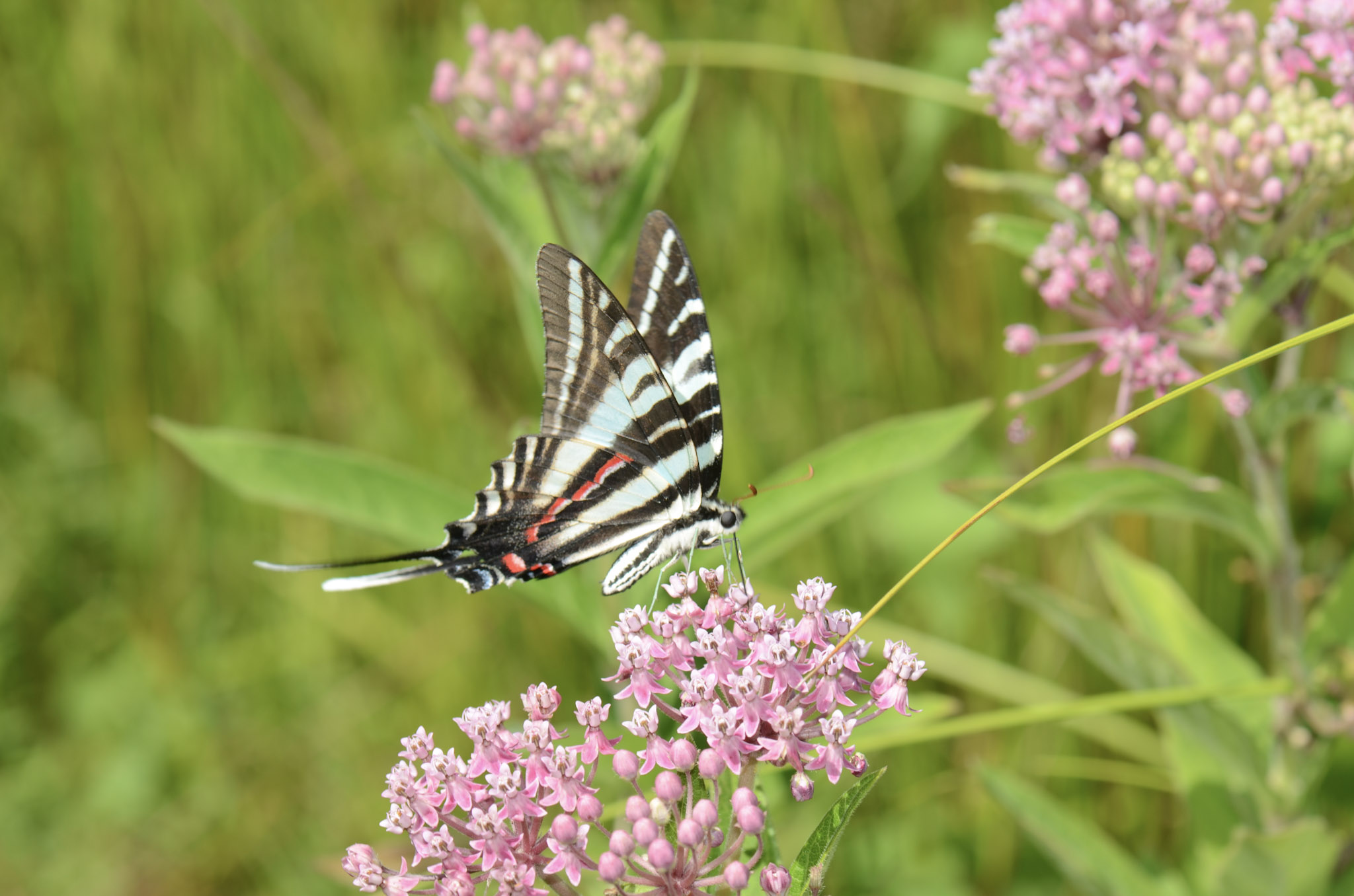Biodiversity
What it is & Why it Matters
THE IMPORTANCE OF BIODIVERSITY
E.O. Wilson says biodiversity is “all living things on the planet”. That makes Delaware’s biodiversity all living things within our boundaries including our territorial ocean waters. These living things are divided into five groups: Monera (bacteria), Protista (single-celled organisms), Fungi, Plantae (plants), and Animalia (animals). Although Delaware is a small state, it has plenty of biodiversity. The number of species is truly amazing – 1,419 native plants, 91 freshwater fish, 39 amphibians, 33 reptiles, 427 birds and 48 mammal species are found in Delaware. The number of Insect species is unknown but includes 118 damselflies and dragonflies, and 64 butterflies. Other insects such as moths, beetles, and flies, number in the thousands; and many species newly observed in Delaware are found each year.
Biodiversity is everywhere-sit quietly in a forest, canoe on a pond or river, visit a vernal pool on a warm spring night, walk a beach along the Delaware Bay or Atlantic Ocean, or stroll through a meadow in mid-summer and Delaware’s biodiversity will envelop you. If you look closely, you will see the unseen (life that is either too small to notice or hidden most of the time). Examine what can be collected by using a dip net or plankton sein, or look under a decomposing log, and you will be amazed at the number and variety of life you find. Look through a microscope and open a window into a whole new world that is too small for the unaided human eye to see. Biodiversity surrounds us on our planet and within our state.
WHY IS BIODIVERSITY IMPORTANT?
Life on earth is interconnected. Animals, plants, fungi, bacteria, and all other living things evolved together and often rely on one another for sustenance, structure, communication, and more. Species live together in habitats that are shaped by water, soil, and climate. The eastern deciduous forest, for example, is the result of specific soil moisture and composition, a mild temperate climate, and other physical conditions. The living things in this forest have adapted to these physical conditions and to each other. Each species is integral to the complex web of life.
Humans are just one species of over 5 million (a conservative estimate) species on Planet Earth. Most of these millions are yet to be discovered. We cannot separate ourselves from the rest of the planet’s biodiversity – we are part of it. The life forms around us have shaped our species, Homo sapiens, and they still play essential roles in our lives. The air we breathe, food we eat, clothes we wear, and medicines we take, are a result of the many living organisms around us. Our psychological health also benefits from biodiversity. The wonder, enjoyment, peace, and calm we feel when in the natural world, surrounded by living things, cannot be overstated. Indeed, Biodiversity is essential for our very existence!
NON-NATIVE INVASIVE SPECIES
Hundreds of species of non-native plants, animals, and fungi have been intentionally or unintentionally introduced into Delaware since the first arrival of European settlers in the early 1600’s. Many of these introduced species adapted to the climate, geography, and biological conditions – and now thrive. These foreign species had very few predators to keep their populations in check. As a result, many proliferated and can out-compete our native species and disrupt Delaware’s natural habitats.
Many of our worst non-native species have been introduced into Delaware in the last century. Plants like Callery (e.g., Bradford) pear, multiflora rose, autumn olive, bush honeysuckle, Japanese honeysuckle, oriental bittersweet, porcelain berry, mile-a-minute, English ivy, phragmites, and many others, can interrupt natural plant succession by smothering native plants. Animals – such as snakeheads, blue catfish, flat-headed catfish, several species of mollusks, and insects like the gypsy moth and emerald ash borer – can have serious, even lethal effects on native species.
Efforts to combat the spread of non-native species is underway in Delaware. Although funding is often limited, state, county, and municipal governments, non- governmental organizations and private citizens continue to find new and more effective ways to control these non-native intruders. One recent measure adopted statewide is the ban of the sale of many of the most disruptive of Delaware’s non-native invasive plants. This law, which went into effect in July of 2022, prohibits the sale of 37 species of non-native plants (see list). There is much more that can and should be done to control non-native invasive plants in the First State. Banning the sale of the worst invaders is just a start. The more people become aware of the problem and take action to remove invasive species on their own and public properties, the closer we will come to preserving Delaware’s important biodiversity.
More Detail
Native Plants – 1,640 known from Delaware; 1,419 currently occur in Delaware
Non-Native Plants – 764 currently occur in Delaware
Butterflies 66 + observed in Delaware
Damselflies and Dragonflies – 118 observed in Delaware
Freshwater and brackish water fish ~ 91 species observed in Delaware
Amphibians -29 species currently known from Delaware.
Reptiles – 33 species currently known form Delaware
Birds – 427 species observed in Delaware
Mammals ~ 49 species observed in Delaware (excluding Marine mammals)
Take Action
Find great suggestions, useful resources, and learning opportunities for Delawareans of all ages.
Get Outside
Explore all the riches of Delaware during all seasons. Adults, children, and families are welcome.
Make a Difference
Take action by giving your time or funds to improve Delaware’s diverse environment.
Learn More
Discover community resources for learning more about Delaware's biodiversity, volunteer projects, and certification opportunities.



